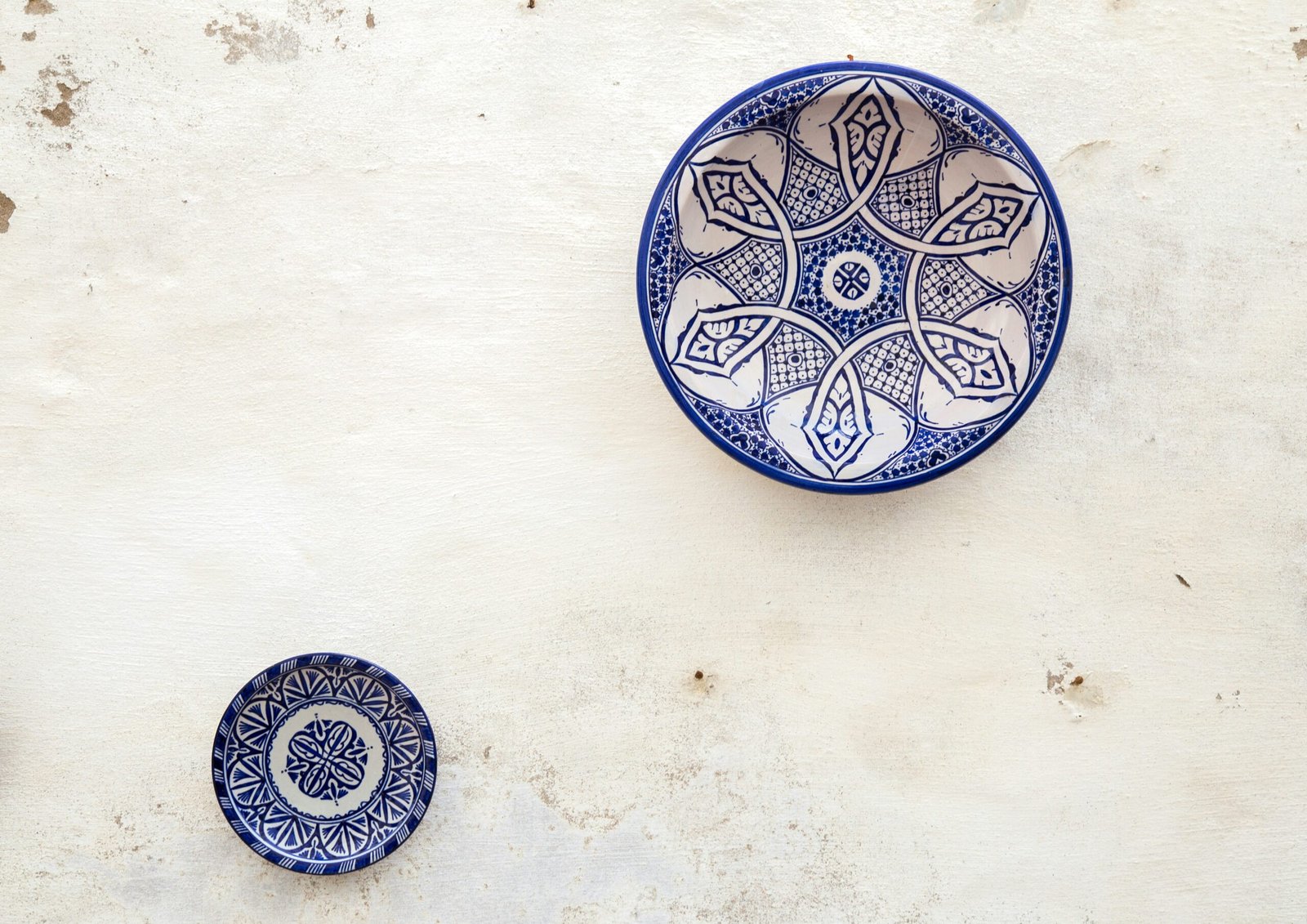What Are Varicose Veins?
Varicose veins are dilated, swollen veins that often appear blue or dark purple on the surface of the skin. They occur when the valves in the veins that help regulate blood flow become weak or dysfunctional, causing blood to pool in the veins. This pooling results in the characteristic bulging and twisted appearance associated with varicose veins. Typically, these veins are commonly found in the legs and feet due to the increased pressure experienced in these areas while standing or walking.
Several factors contribute to the development of varicose veins. Genetics play a significant role; if a family member has had varicose veins, the likelihood of developing them increases. Additionally, pregnancy can elevate the risk due to hormonal changes and increased blood volume, which can put a strain on the vein walls. Other common causes include prolonged periods of standing, which can exacerbate venous pressure, and obesity, which can further increase strain on the lower limbs.
To better understand the differences between varicose veins and normal veins, a comparative analysis can be beneficial. The following table highlights key characteristics:
| Feature | Normal Veins | Varicose Veins |
|---|---|---|
| Appearance | Smooth and regular | Bulging, twisted |
| Color | Skin-toned or light blue | Dark purple or blue |
| Symptoms | Usually asymptomatic | Pain, swelling, heaviness |
Understanding these differences can assist individuals in recognizing potential issues with venous circulation and taking necessary preventive measures.
Symptoms of Varicose Veins Pain
Understanding the symptoms associated with varicose veins pain is crucial for timely diagnosis and treatment. Below is a list of common symptoms that individuals suffering from varicose veins may experience:
- Aching 🥺: Many people experience a persistent aching sensation in their legs, particularly after prolonged periods of standing or sitting. This discomfort can be a significant indicator of underlying vascular issues.
- Swelling 💧: Individuals with varicose veins often notice noticeable swelling in the legs and ankles. This symptom can fluctuate throughout the day, often worsening in the evenings.
- Heaviness 🏋️♀️: A feeling of heaviness in the legs is another common complaint among those with varicose veins. This sensation can make daily activities feel more laborious and uncomfortable.
- Itching 🌼: Some patients report an itchy sensation around the affected veins, which may result from poor circulation or increased pressure within the veins.
- Discoloration 🎨: Changes in skin color above the varicose veins are also common. The skin may appear brownish or have a reddish hue, indicating that blood flow is compromised.
- Cramping ⚡: Nightly leg cramps can be another symptom that patients frequently associate with varicose veins. These cramps may disrupt sleep and add to overall discomfort.
- Spider veins 🕷️: While not always painful, the presence of spider veins can indicate a similar vein dysfunction, often accompanying larger varicose veins.
Recognizing these symptoms is imperative for anyone experiencing leg discomfort to seek appropriate medical guidance. Early intervention can reduce the progression of varicose veins and alleviate associated pain.
Causes of Varicose Veins Pain
Varicose veins pain is a common affliction that affects numerous individuals, particularly those in certain demographics. The causes of varicose veins and the resulting pain can be multifaceted, and understanding them is critical for effective management and prevention. Here are several key factors contributing to the pain associated with varicose veins:
1. Age: Aging is one of the primary contributors to the development of varicose veins. As individuals grow older, veins may lose elasticity, making them more prone to becoming swollen and painful. The natural wear and tear on our vascular system over time can significantly increase the likelihood of painful varicose veins.
2. Gender: Women are more susceptible to varicose veins compared to men. Hormonal changes, particularly during pregnancy, menopause, or with the use of hormonal therapies, can weaken vein walls and lead to increased pain. This gender disparity highlights the importance of understanding how biological factors influence vascular health.
3. Lifestyle Choices: Lifestyle factors such as prolonged standing or sitting, lack of physical activity, and poor diet can exacerbate the risk of developing varicose veins. Engaging in sedentary behaviors can impede blood circulation, contributing to pain and discomfort associated with varicose veins.
4. Medical Conditions: Certain medical conditions, particularly obesity, can significantly affect vascular health. Excess body weight places additional pressure on the veins, thereby increasing the risk of varicose veins and associated pain. Other medical factors, such as family history or prior vein issues, can also play a critical role in the development of this condition.
Understanding these causes is essential for those experiencing varicose veins pain. By addressing these risk factors proactively, individuals can take steps to mitigate the pain associated with this common condition.
Diagnosis of Varicose Veins
Diagnosing varicose veins involves a comprehensive approach that begins with a detailed understanding of the patient’s medical history and the symptoms they experience. It is crucial for physicians to gather specific information as part of the initial assessment. Below is a step-by-step outline of the typical diagnostic process:
- Patient History: The physician starts by asking questions about the patient’s symptoms, such as pain, swelling, or discomfort in the legs. It is also essential to discuss family history, lifestyle factors, and any previous medical conditions that may contribute to venous issues.
- Physical Examination: A thorough physical examination follows, where the doctor inspects the legs while the patient stands and is seated. This observation helps the physician assess the degree of swelling, the appearance of veins, and check for any skin changes or ulcers that might indicate complications.
- Using Imaging Tests: If varicose veins are suspected, the doctor may recommend imaging tests, primarily an ultrasound. This non-invasive procedure uses sound waves to create images of the veins, enabling the physician to assess blood flow and identify any malfunctioning valves.
- Additional Tests: Depending on the findings, further tests may be advised. These could include a venogram, where a contrast dye is injected into the veins for clearer imaging, or a CT scan to assess deeper vascular structures, particularly in complex cases.
Throughout the diagnostic process, patients may experience a range of emotions. Initial anxiety about discussing personal health issues can give way to relief as a proper diagnosis is established. Understanding the steps taken during the diagnosis of varicose veins empowers patients, providing clarity on their situation and informing their path forward.
Treatment Options for Varicose Veins Pain
Managing pain associated with varicose veins can be approached through various treatment options, which can be categorized into lifestyle changes, medication, and surgical interventions. Each method presents unique benefits and drawbacks that serve different patient needs.
Lifestyle Changes: Making adjustments to daily habits can significantly alleviate varicose veins pain. Regular exercise 🚶♀️ is crucial, as it improves blood circulation in the legs. Maintaining a healthy weight 🍏 reduces excess pressure on veins. Also, avoiding prolonged sitting or standing encourages better blood flow. The downside is that while lifestyle adjustments can provide relief, they do not eliminate the underlying condition and require continuous commitment.
Medication: Non-prescription medications, such as pain relievers (e.g., ibuprofen or acetaminophen) 💊, can offer temporary relief from discomfort caused by varicose veins. Prescription medications, such as topical agents and anti-inflammatory drugs, also exist. The advantage of medication is immediate pain relief, though potential side effects, including gastrointestinal issues or allergic reactions, should be considered 🩺.
Surgical Options: For individuals with severe pain or complications from varicose veins, surgical treatments may be necessary. Procedures such as endovenous laser therapy (EVLT) or sclerotherapy involve minimally invasive techniques to close affected veins and redirect blood flow. These methods can provide significant relief from pain and improve the appearance of veins. However, surgery carries risks such as hematoma or infection 😷, which must be weighed against the benefits.
Ultimately, choosing the appropriate treatment for varicose veins pain should involve discussions with healthcare professionals to ensure an informed decision that addresses individual needs and conditions.
Home Remedies for Alleviating Varicose Veins Pain
Varicose veins can lead to unpleasant symptoms, including pain, discomfort, and swelling. Fortunately, there are several effective home remedies that can help alleviate varicose veins pain and enhance overall leg health. Below is a list of practical strategies that may offer relief:
1. **Elevate Your Legs**: Positioning your legs above heart level for short periods throughout the day can help reduce swelling and pain associated with varicose veins. This elevation promotes better circulation and reduces pressure in the veins, which may lead to less discomfort.
2. **Wear Compression Stockings**: Compression stockings are designed to improve blood flow and decrease the appearance of varicose veins. They apply gentle pressure to the legs, which can enhance circulation and alleviate pain. It is advisable to consult a healthcare professional to determine the appropriate type of compression garment needed.
3. **Exercise Regularly**: Engaging in low-impact exercises, such as walking, swimming, or cycling, can significantly benefit those with varicose veins. Physical activity strengthens the calf muscles, which aids in venous blood flow back to the heart and reduces the likelihood of pain and fatigue in the legs.
4. **Maintain a Healthy Weight**: Excess weight puts additional pressure on the veins, contributing to pain and discomfort. Adopting a balanced diet and regular exercise regime can help achieve and maintain a healthy weight, which may relieve strain on the veins.
5. **Use Essential Oils**: Certain essential oils, such as lavender or cypress oil, may have soothing properties. Diluting these oils in a carrier oil and gently massaging them into the affected areas can promote a calming effect and provide temporary relief from varicose veins pain.
By incorporating these home remedies into daily routines, individuals experiencing varicose veins pain can find potential relief and improve their overall quality of life.
Preventive Measures for Varicose Veins
Varicose veins, often perceived as a cosmetic concern, can lead to significant discomfort and health issues if left unaddressed. Implementing preventive measures is essential in minimizing the risk of developing these swollen, twisted veins. Here, we outline several effective strategies to maintain vascular health.
1. Maintain a Healthy Weight: Excess body weight exerts additional pressure on the veins, making it crucial to adopt a balanced diet and engage in regular physical activity to attain and sustain a healthy weight. Studies indicate that individuals with a healthier body mass index (BMI) are less prone to experiencing varicose veins.
2. Regular Exercise: Engaging in physical activities, such as walking, swimming, or cycling, promotes circulation in the legs and helps prevent blood pools in the veins. Aim for at least 30 minutes of moderate exercise most days of the week to enhance overall cardiovascular health.
3. Avoid Prolonged Sitting or Standing: For those working in jobs that require long periods of sitting or standing, it is important to take periodic breaks to move around. Simple actions like stretching your legs or performing calf raises can significantly improve circulation throughout the day.
4. Wear Compression Stockings: Utilizing compression garments can provide support and improve blood flow in the legs. Compression stockings are designed to exert gentle pressure on the surface veins, aiding in the prevention of varicose vein development.
5. Elevate the Legs: When resting or sleeping, keep the legs elevated to reduce pressure on the veins. Elevating your legs above heart level can facilitate the return of blood to the heart, thus reducing the likelihood of developing varicose veins.
Incorporating these preventive strategies can significantly lower the risk of varicose veins, promoting better vein health and overall well-being. Adopting a proactive approach is vital to ensuring a long-lasting impact on vascular health.
When to Seek Medical Attention
Individuals experiencing varicose veins pain should be vigilant and aware of when to consult a healthcare professional. While many cases of varicose veins are manageable and do not require immediate medical attention, certain symptoms should not be ignored. Recognizing these signs can help prevent more serious complications from developing.
One of the most critical symptoms to watch for is sudden swelling in the legs or ankles. This swelling may signify the development of a blood clot, which can lead to serious conditions if untreated. Additionally, if a person notices changes in skin color, such as a deepening of the hue or mottled appearance around the affected area, medical advice should be sought promptly.
Another concerning symptom includes persistent pain or discomfort that worsens, especially after long periods of standing or sitting. If the pain is accompanied by bleeding from the varicose veins or the appearance of open sores or ulcers on the skin, urgent medical attention is necessary. These conditions could indicate venous insufficiency and require immediate evaluation and intervention.
Further, if the affected limb experiences sensations such as warmth or tenderness, these are potential signs of thrombophlebitis, an inflammation of the veins that can pose severe risks. Other red flags include fever, chills, or unexplained fatigue accompanying the aforementioned symptoms, necessitating a visit to a healthcare provider.
It is essential for individuals with existing varicose veins to be educated about these symptoms and to act accordingly. Taking early steps to address unusual changes can greatly reduce the risk of developing serious complications. Always lean on professional judgment when in doubt about the severity of symptoms related to varicose veins pain.
Living with Varicose Veins Pain
Living with varicose veins pain can significantly impact daily life. However, implementing certain lifestyle adjustments can help alleviate discomfort and improve overall well-being. Below are strategies to manage this condition effectively:
- Stay Active: Incorporating low-impact exercises such as walking, swimming, or cycling into your routine can promote circulation and reduce pain associated with varicose veins. A regular fitness regimen encourages blood flow in the legs and maintains a healthy weight.
- Elevate Your Legs: Elevating the legs whenever possible can relieve pressure on the veins. Try propping your legs up on pillows while resting or using a recliner to facilitate this position.
- Wear Compression Stockings: Compression garments can provide essential support to varicose veins. These stockings help maintain pressure on the legs, which often diminishes pain and increases comfort.
- Apply Cool Compresses: Using cool compresses on the legs can help minimize swelling and discomfort. Alternating between warm and cool compresses can enhance relaxation and aid in blood circulation.
- Stay Hydrated: Drinking adequate water throughout the day plays a crucial role in maintaining vein health. Hydration helps keep blood flowing smoothly and can reduce feelings of heaviness in the legs.
- Seek Emotional Support: Connecting with family, friends, or support groups can provide emotional reassurance. Sharing experiences with those who understand can alleviate the psychological toll that living with varicose veins takes.
Managing varicose veins pain involves a comprehensive approach focusing on both physical comfort and emotional resilience. Engaging in self-care practices and ensuring a strong support network can enhance quality of life for individuals affected by this condition.


















اترك رد